I have always wanted to live on a spaceship. While science fiction has granted us plenty of excellent star fighter designs like Luke Skywalker’s X-Wing from Star Wars, or Starbuck’s Viper from Battlestar Galactica, the best spaceships are the ones that double as houses. From Star Wars we have the Millennium Falcon, or the Razor Crest, or the Ghost (watch Rebels). Firefly gave us Serenity. You can visit any planet in the solar system in the Rocinante from the Expanse. I have more, but I should get to the actual project.
These vehicles are obviously out of reach for at least another twenty years (let me have this), but today we’re gonna talk about a project that might satisfy that same desire for freedom and self sufficiency.
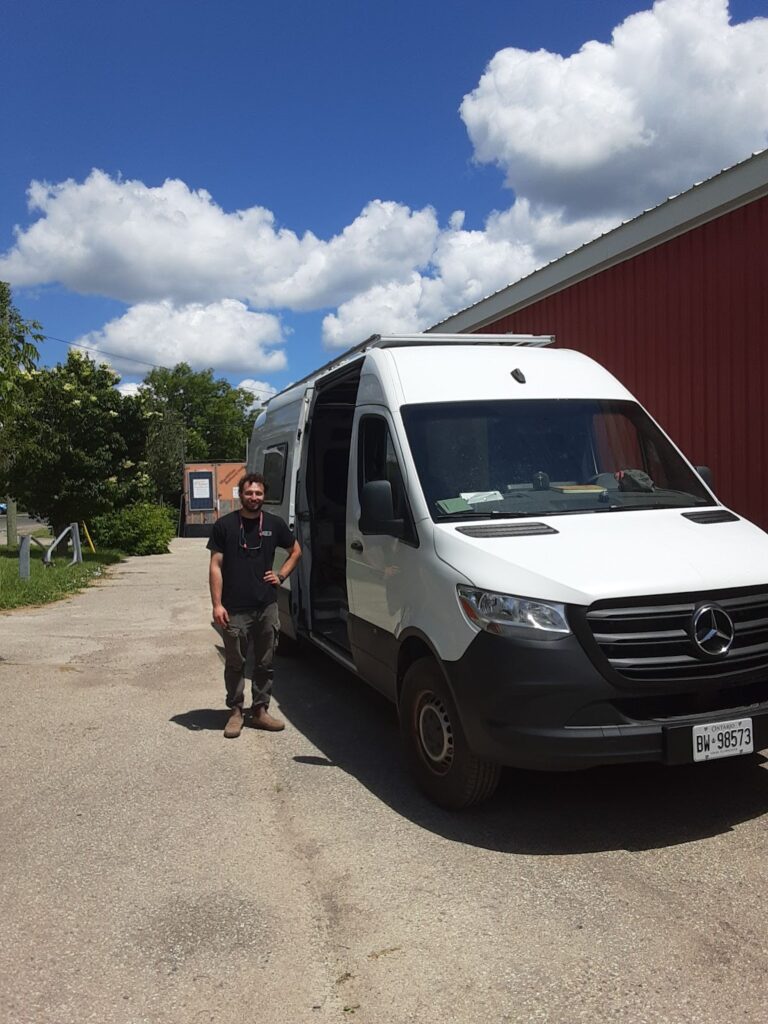
A van!
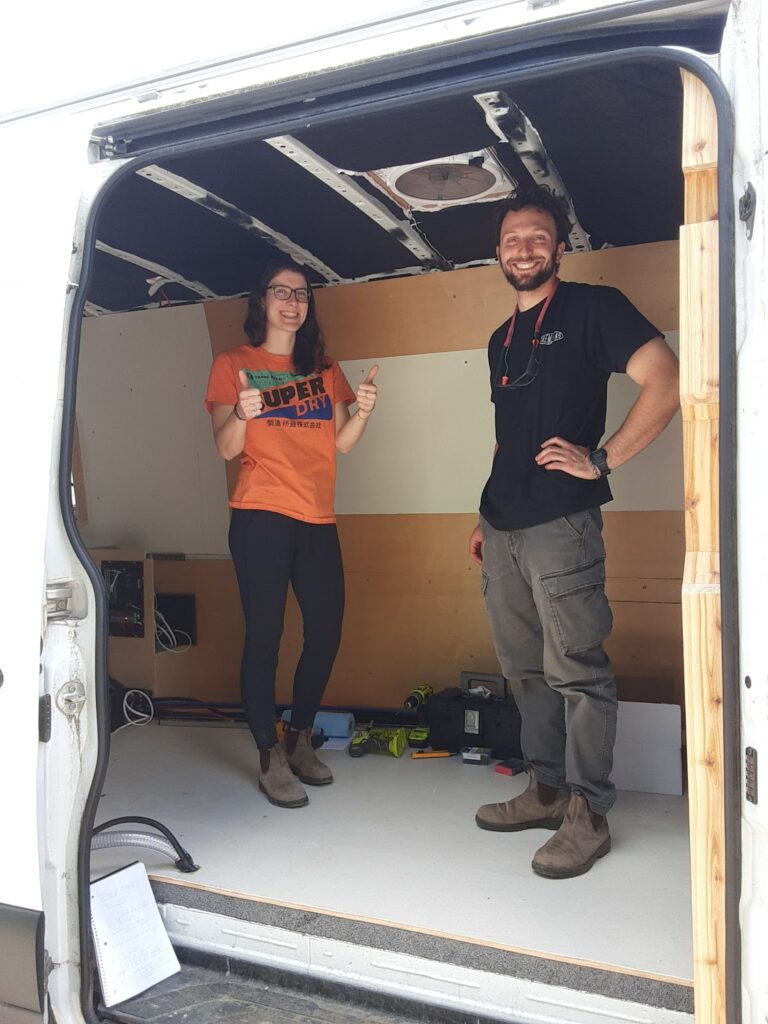
Eve Boulanger (a biomedical engineer) and Anton Kreinin (a mechanical engineer in the nuclear industry) have been hard at work taking a Mercedes-Benz Sprinter from a van to a tiny house on wheels. This project is Anton’s second van project, and definitely more ambitious. Taking the metal shell of a van and turning it into a living space isn’t necessarily a unique project, there is a huge community of folks that do that all over the world. Each van, however, is unique. Anton’s first van was no slouch, including a finished floor, kitchen, running water, a bed, fridge, and solar panels for power. His build with Eve is much more polished, including actually hot water, a heated floor, more cabinets and storage, a toilet, and a (checks notes) hydronic heating system. Hydronic heating is the use of a fluid as a heat-transfer medium. In this case, Eve and Anton are using coolant. The simplest way to explain it is that there are two coolant loops in the van: one that already exists and is used to heat the engine and one that they implemented for the house heating. The system they designed allows you to ‘steal’ excess heat from the car engine’s coolant loop to heat the house or vice versa; steal the heat from the house loop coolant to preheat the engine. This makes it super functional and efficient for off-grid living. (Thanks to Eve for coming through with the detailed explanation of this system)
This whole project has been a huge undertaking. While the skills and labor needed for a van conversion vary depending on the specifics of the build, this one has required around three thousand hours of work, some knowledge of plumbing, electronics, wood working, and metalworking. This does beg the question.
Why?
Spaceship comparisons aside, surely you could accomplish the same goals of freedom and self sufficiency in your travel with an RV, or a car and some camping gear. While, yes, both of those are options for hitting the road, the super-van option does seem to hit a sweet spot between those other two options. First, there’s location. While an RV or a tent in the back do suggest the promise of total travel freedom, you really are limited by potential hook up places for your rig, and viable campgrounds. A van can really spend the night anywhere that allows overnight parking, including some beautiful locations that may not be conducive to setting up a tent or parking a full blown RV. The couple made special mention of some truly amazing views, while being so comfortable, they forgot they were riding around in a van. Further highlighting how the van really is the best of both worlds, while the van may never be as nimble as a standard car, it’ll certainly be easier to navigate through city streets and similar locations than an RV, while being far more cost effective on gas. And compared to a simple tent, we’ve already gone over their van’s insulation and heating system.
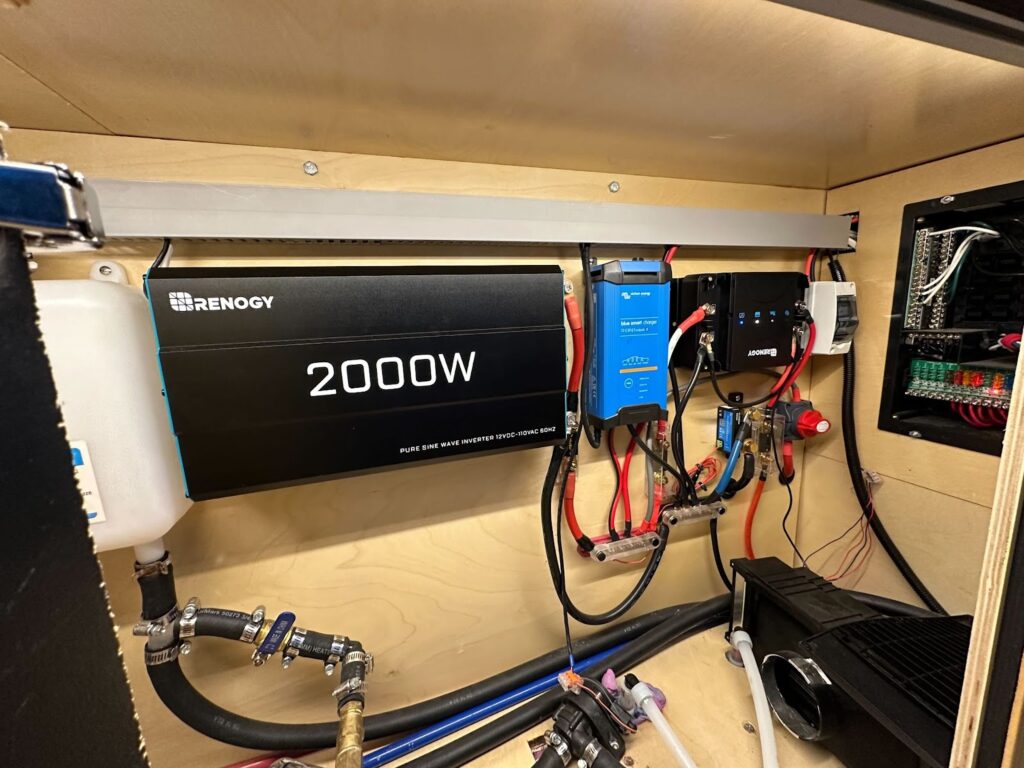
Is this a project for everyone? That’s going to depend on your personal situation. There is a substantial time, skill, and monetary investment for one of these mini-houses on wheels. If you’ve got the cash and don’t mind hunting for hookups, maybe an RV makes sense. If you’ve only got the funds for a decent tent, and only go out on the road once or twice in the summer, regular old camping is probably enough. That being said, you don’t have to go for the same tricked out ride that Eve and Anton made either.
This project can also be done at a lower cost with less effort. The van ecosystem is vast with builds ranging from a van with a bed in the back to a decked out professionally built AWD camper with all the bells and whistles. You build it to suit your lifestyle, your needs, and your budget. So, if you want the most flexible and self-sufficient vehicle on the road, you’ve got the resources, and you’re up for a challenge, it could be a very rewarding project.
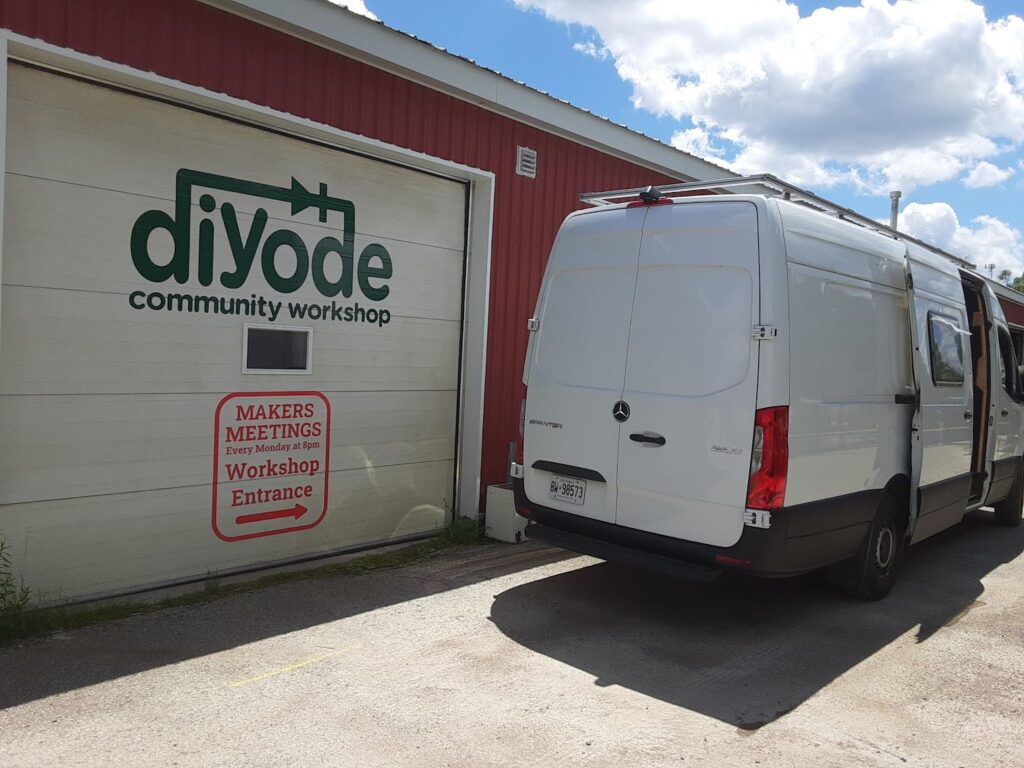
Or it could at least tide you over until one of those space companies starts pitching personal starships.
(Like, how hard is it really to get fusion working on a small enough scale to fit a reactor in a vehicle the size of a house?
What’s that imaginary person I’m talking to for this bit?
You say that’s an insanely difficult engineering and scientific task, and we’ll be lucky if fusion is finally seeing widespread use in the next thirty years?
Objectively, yes, you are correct. But also, shut up.)
Van conversion Camper van DIY camper Van life build Van life engineering Van insulation Solar power Van electrical system Off-grid living Campervan plumbing Renewable energy Van solar panels Camper van water system DIY van kitchen Van bed designs Storage solutions Camper van battery Custom van builds Portable power Insulation materials Electrical wiring Van heating DIY van renovation Power inverters Van ventilation Van roof fans Camper van flooring Battery management Off-grid power Van electrical components Solar charge controller Van life solar setup Water tanks Portable showers Water filtration Grey water system Van lighting DIY van cabinets Van shelving Foldable furniture Compact designs Van conversion kit Solar panel installation Portable stove DIY van security Off-road engineering Camper van tools Van life gadgets 4×4 van conversion Van lift kit Van storage boxes Van life essentials Camper van bed lift Compact kitchen Van insulation DIY Camper van plumbing kit Adventure van DIY mechanical repairs Camper van power system Van engineering plans Custom camper build Van life ideas Camper van designs DIY solar panels Portable fridge Power system installation Battery monitoring Van life engineering tips Plumbing system installation Roof rack DIY Sustainable van life Van conversion workshop Camper van engineering Engine modification Mobile living DIY mobile home Overlanding van Camper van tools DIY projects Off-grid engineering Portable air conditioning Camper van fans Off-road camper Custom camper interiors Camper van windows Van water pumps Fold-out beds Van solar generator Water system design Solar panel mount Camper van electrical guide Van life mechanics Mobile engineering Van DIY hacks Van electrical grid DIY campervan build Solar-powered van Van conversion electrical Van conversion solar Mobile workshop

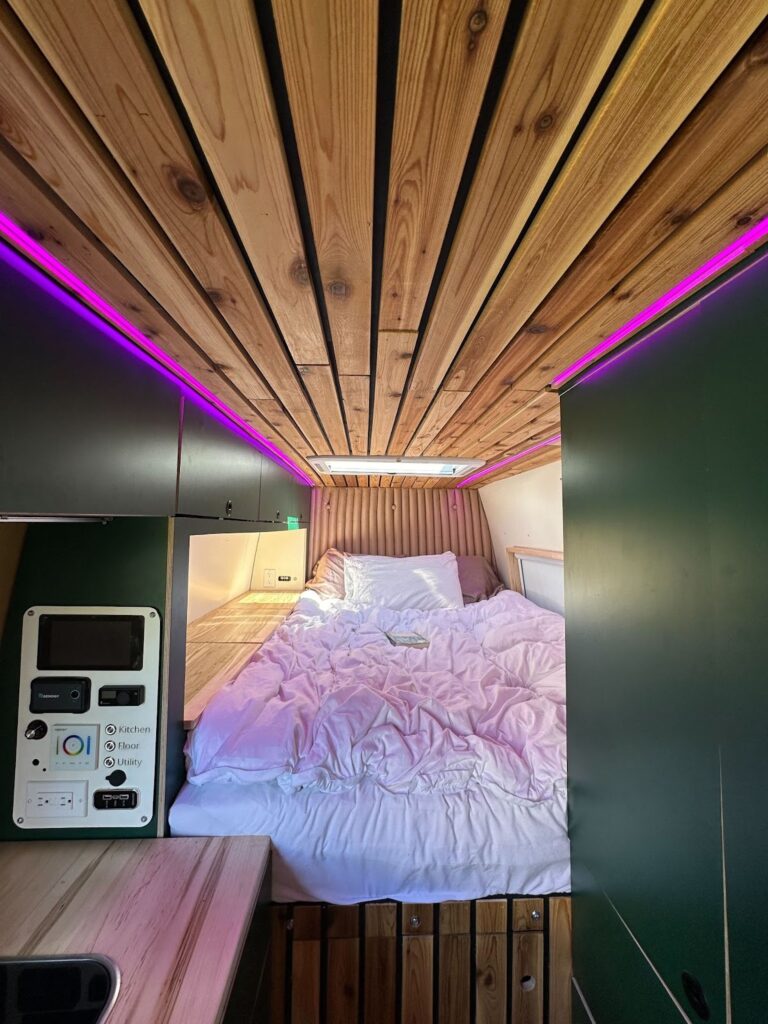




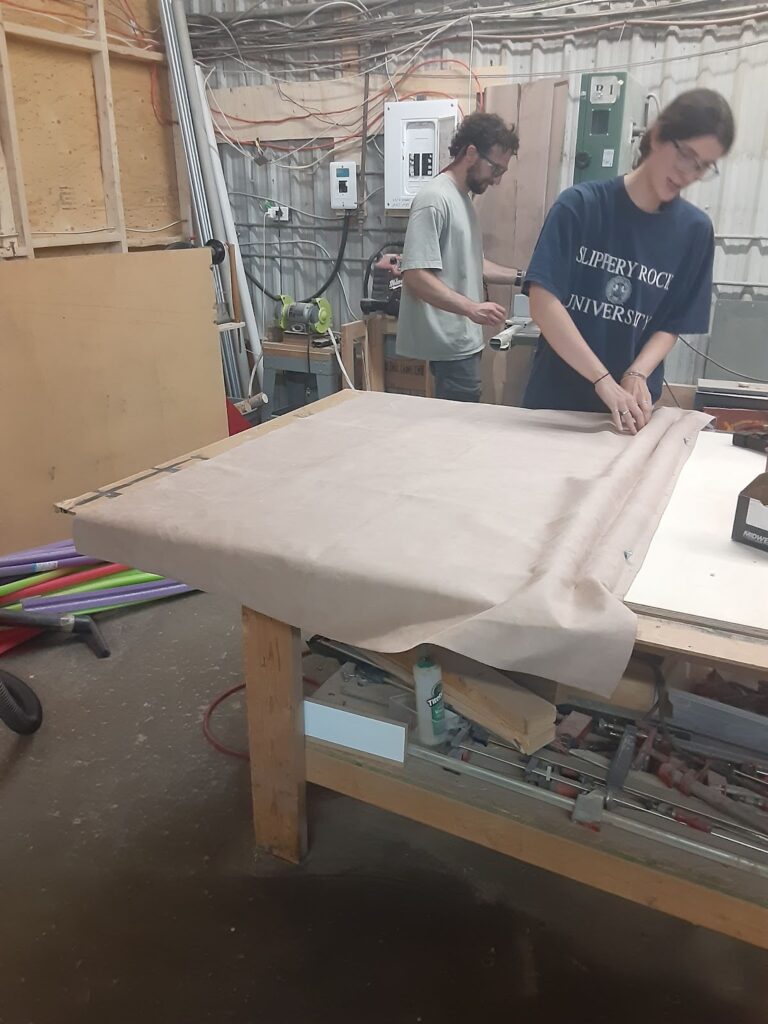
Leave a Reply